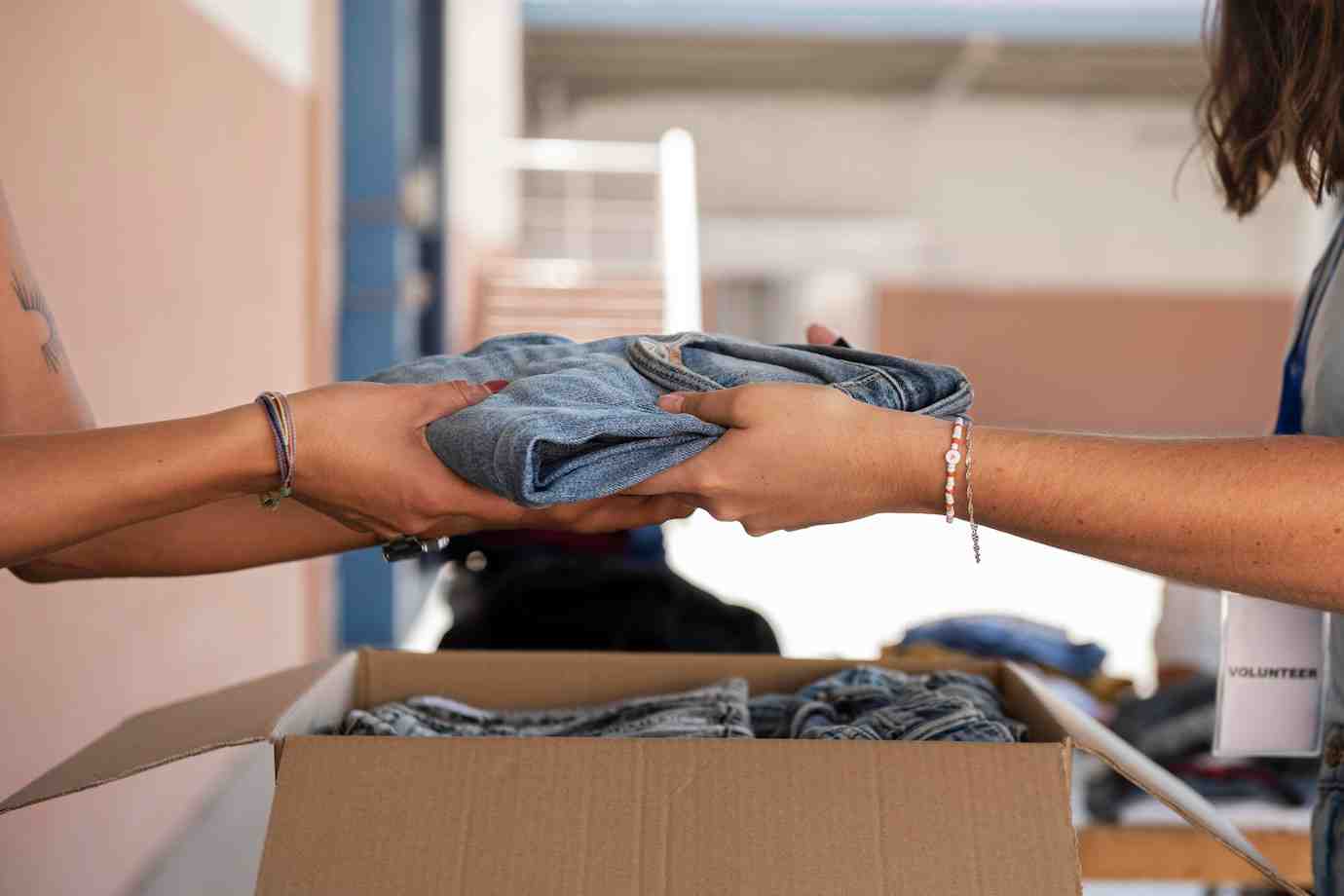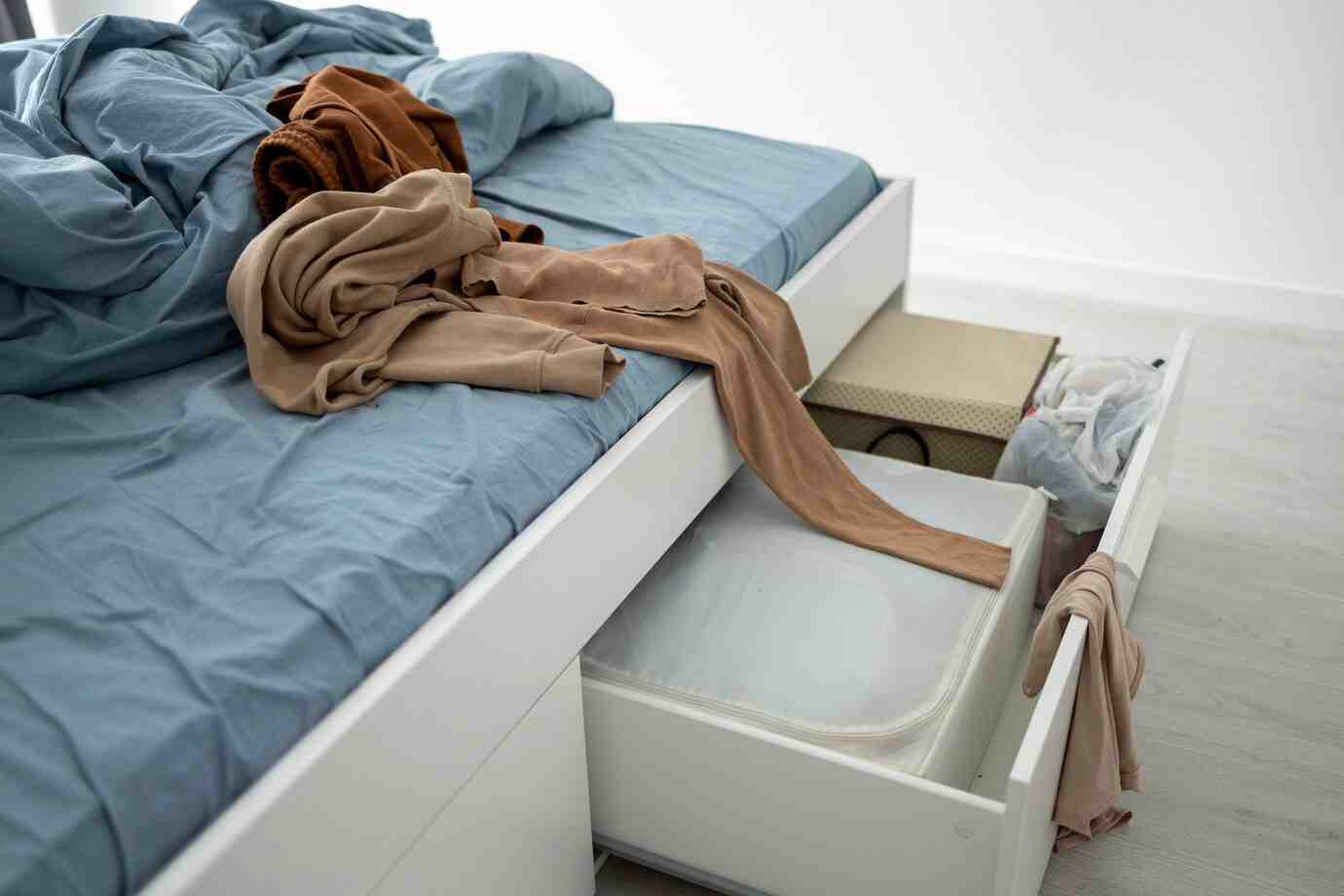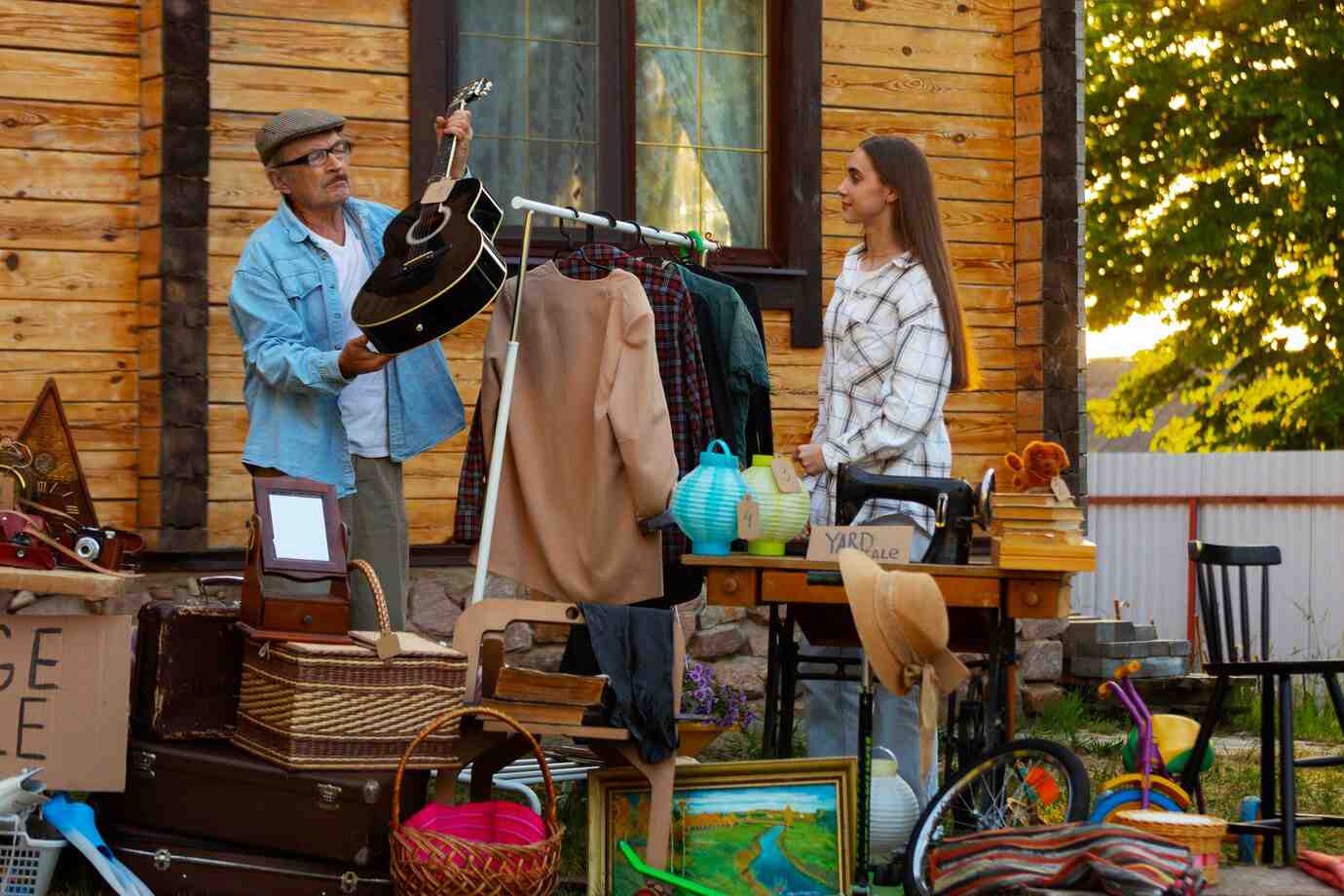
How to Avoid Waste During Decluttering
You’ve rolled up your sleeves, tuned into your joy, and you’re finally ready to start decluttering your home. But there’s a lingering worry at the back of your mind: What will happen to all the stuff I’m letting go?
Decluttering with care means looking beyond simply clearing space. It’s about minimising environmental impact and embracing a more sustainable lifestyle. Zero waste decluttering is the art of tidying in a way that respects both your home and the planet.
In this guide, you’ll learn how to declutter consciously, explore practical eco-friendly tidying techniques, and create a truly sustainable home without sending unnecessary waste to the landfill. Let’s dive into making your tidying journey as green and joyful as possible!
Why Eco-Friendly Decluttering Matters

The Hidden Costs of Clutter
Decluttering can sometimes produce shocking amounts of waste if not managed carefully. According to WRAP UK, over 670,000 tonnes of clothing alone are thrown away each year — much of which could be recycled or reused.
By approaching decluttering sustainably, you:
- Reduce landfill contributions
- Lower your environmental footprint
- Give your items a meaningful second life
- Inspire more conscious consumption habits moving forward
Aligning Joy with Responsibility
Marie Kondo’s philosophy encourages gratitude towards our belongings. Extending that gratitude means ensuring they leave your life as respectfully as possible.
Preparing for Zero Waste Decluttering
Set Your Sustainable Intention
Before beginning, ask yourself:
- How can I declutter with minimal waste?
- Where could my belongings be most useful?
- How can I extend the life of what I no longer need?
Gather Your Sorting Supplies
Prepare dedicated containers for:
- Donations
- Recycling
- Upcycling or repurposing
- Repair pile
- Items for selling or gifting
Being organised from the outset makes eco-friendly decisions easier later.
Research Local Options

Look up:
- Textile recycling points
- E-waste drop-offs
- Local charity shops
- Repair cafes
- Swap events
Having options ready stops decluttering piles from becoming new clutter!
How to Declutter Sustainably
Visualise Your Sustainable Space
Picture a home where every object is loved, needed, or beautifully displayed. Hold onto this vision when deciding what to keep and what to let go.
Tidy by Category, Not Room
Following KonMari’s core method,
tackle categories like:
- Clothes
- Books
- Papers
- Miscellaneous (Komono)
- Sentimental items
This avoids mindless tossing and promotes conscious evaluation.
Joy Check Thoughtfully
When joy-checking items, also consider:
- “Can this item continue serving joy elsewhere?”
- “Could this be repaired, donated, or creatively reused?”
If not, move it respectfully towards the recycling or disposal stream.
Dispose Responsibly

Match each item to the most eco-friendly exit strategy:
- Textiles: Repair, donate, or recycle.
- Books: Donate to libraries, community centres, or “Little Free Libraries.”
- Electronics: Wipe data and recycle properly.
- Furniture: Repair, donate, or sell.
- Miscellaneous: Upcycle or recycle parts where possible.
Celebrate Mindfully
After decluttering a category, take a moment to appreciate the new space and the sustainable choices you made. This positive reinforcement builds lifelong eco habits.
Eco-Friendly Tidying Tips for Different Categories
Clothes
- Repair first: Mend small tears, replace buttons.
- Donate wisely: Only good-quality items.
- Recycle damaged textiles: Many supermarkets have textile bins.
Books
- Gift: Share favourites with friends.
- Sell: Use online second-hand bookstores.
- Repurpose: Create bookmarks or home decor from damaged books.
Electronics
- Repair: Visit repair cafes.
- Sell: Working gadgets fetch decent prices.
- Recycle: Use licensed e-waste centres.
Kitchenware
- Donate: Homeless shelters often need kitchen basics.
- Repurpose: Old bowls as planters or pet dishes.
Sentimental Items
- Photograph: Digitally preserve memories before letting go.
- Gift: Pass heirlooms to family members who will cherish them.
Real-Life Story: Anna’s Zero Waste Decluttering Journey
Anna, a graphic designer from Manchester, decided to declutter her two-bedroom flat after reading “The Life-Changing Magic of Tidying Up.”
“At first, I just wanted less mess,” she recalls. “But then I realised how much waste I could potentially generate. That felt wrong.”
Anna:
- Sold her old clothes on Vinted and Depop
- Donated kitchenware to a women’s shelter
- Recycled broken electronics properly
- Created upcycled gifts for friends from old fabrics
“It took longer than just chucking everything,” she admits, “but now I’m proud of how little actually ended up in a landfill. And it made me much more mindful about future purchases.”
Upcycling Ideas to Maximise Sustainability
- T-Shirts → Reusable shopping bags
- Old Jars → Pantry storage or plant pots
- Wooden Furniture → Repaint or repurpose
- Broken Jewellery → New mixed-media art
- Worn-out Towels → Pet bedding or cleaning cloths
Creativity transforms “waste” into beautiful, functional items.
Common Pitfalls to Avoid
Rushing the Process
Problem: Hasty decluttering leads to careless disposal.
Solution: Pace yourself. Thoughtful tidying takes longer but has lasting benefits.
Wishful Thinking
Problem: Keeping broken or unused items “just in case.”
Solution: Honest joy-checking and realistic plans for repairs or repurposing.
Overloading Charities
Problem: Donating unusable items creates extra work for charities.
Solution: Donate mindfully. Only pass on clean, usable goods.
Ignoring Recycling Options
Problem: Tossing recyclable goods out of convenience.
Solution: Know your local recycling facilities and use them.
Quick Checklist: Zero Waste Decluttering
- Set a green intention before starting
- Organise sorting bins for donation, recycling, and repairs
- Research local donation and recycling options
- Prioritise repair and upcycling when possible
- Tidy category by category
- Donate mindfully, recycle responsibly
- Celebrate your sustainable wins!
Stick this checklist on your fridge or closet door for easy reference.
Conclusion: Declutter Your Home, Honour the Planet
Decluttering isn’t just about creating a serene home — it’s about creating a lighter, more mindful relationship with your belongings and the world around you.
By practising zero waste decluttering, you don’t just reduce clutter. You reduce guilt, environmental harm, and unconscious consumption patterns. You create a sustainable home where every item is meaningful and respected.
So next time you hold an object and ask, “Does this spark joy?” — follow it up with: “And how can I release it with kindness to the Earth?”
Are you ready to begin your eco-friendly tidying journey? Share your sustainable decluttering successes or challenges in the comments below — let’s inspire each other to live lighter and brighter!


